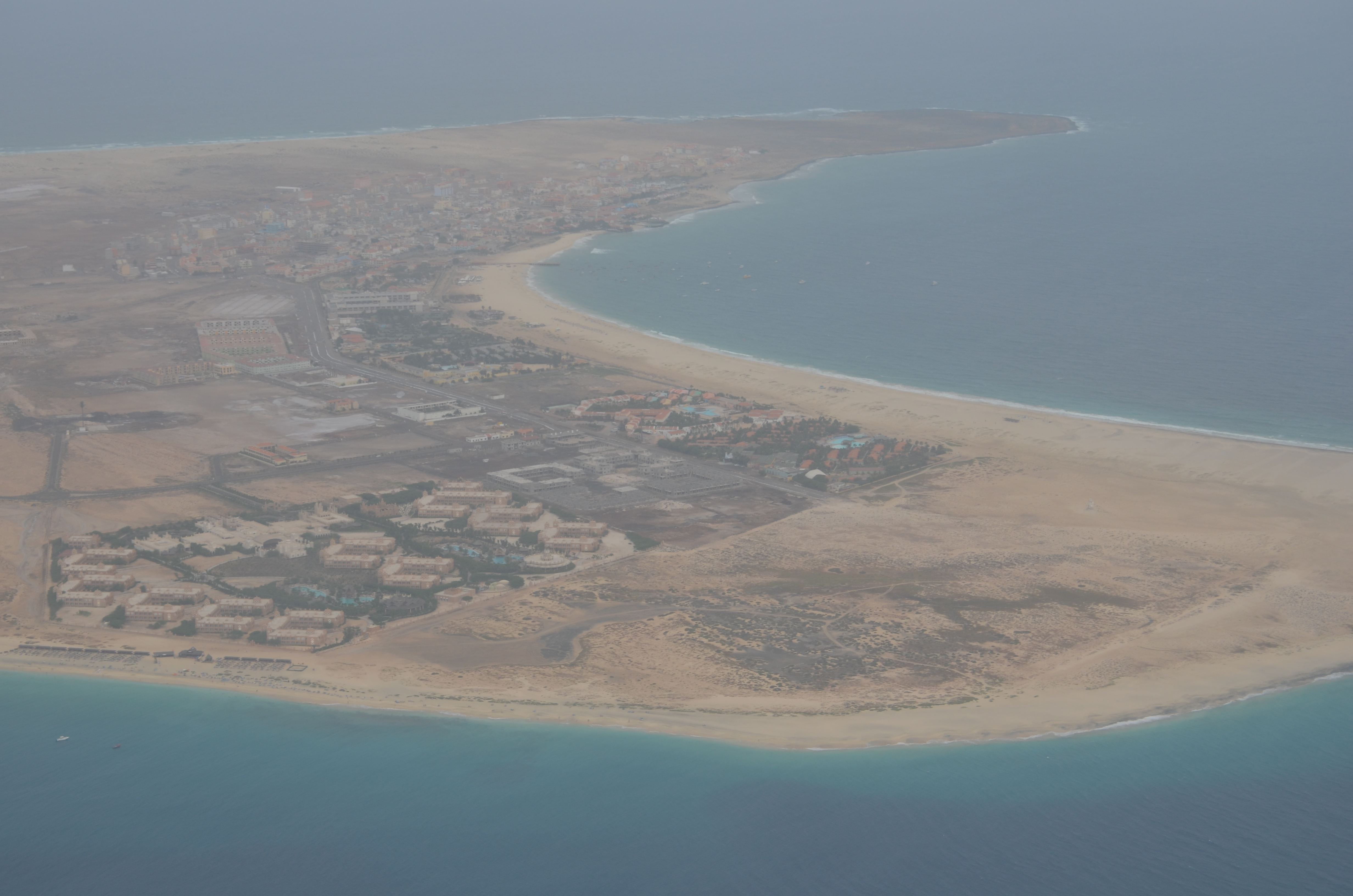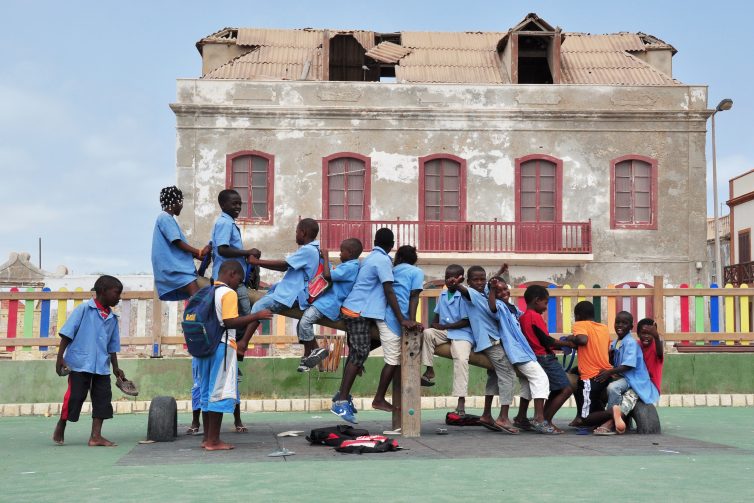I’ll admit it—I boarded that plane to Cape Verde with the same level of preparation I give to IKEA furniture assembly: overconfident and underinformed. Life had been hectic, and unlike my usual travel-nerd self, I hadn’t done my homework. Originally, we wanted to go to The Gambia, but apparently, so did half of Europe—no vacancies. So, second choice was Boa Vista, Cape Verde.
After a six-hour turbulence-free flight (thanks, skies), one movie, a few dozen pages of my book, and more M&Ms than I care to admit (I was peer-pressured—I swear), the pilot casually announced: “We are now approaching Boa Vista, temperature 33°C and sunny.” Great. Just six hours ago, we were freezing at 3°C.
As we stepped off the plane, dragging our layers and our child, the warm air hit us like a wall. A tropical welcome slap in the face. Off came the scarves, jackets, and dignity, and twenty paces later we were inside the cutest little airport you’ve ever seen—Rabil International, home to one runway and zero stress.
We shuffled through customs, tried to look like we knew Spanish (which we didn’t), and smiled sheepishly at the official who stared at us like we’d just landed from Mars. Visas were stamped, luggage collected, and we were herded onto bus number 5… which was funny, because there were only two buses: 1 and 2. Who numbered these things?
A five-minute ride later, we reached our hotel, Club Riu Karamboa. It was tropical on the outside, but inside our bungalow? A crisp 17°C. Add some ice-cold drinks, and within 48 hours, I had lost my voice entirely. My husband was thrilled. “Peace and quiet”, he said, sipping a cold beer, probably toasting the gods of silence.
Rabil International Airport
But wow—the beach! Imagine sugar-white sand stretching forever, kissed by waves so clear you could see your regrets reflecting in them. Years ago, the area was lush and green, but now, due to drought and a poor agriculture policy, dry, arid, and endlessly beautiful. The staff buzzed around like caffeinated bees, smiling, dancing, and cleaning up after sunburnt tourists with rum in their veins. Locals greeted us with a cheerful “No stress, no stress!”—a national mantra that I failed spectacularly to embrace later on.
 Quick history interlude (because I’m that person): Cape Verde is a volcanic archipelago of ten islands in a horseshoe shape, floating 570 kilometers off the coast of West Africa. Uninhabited until the Portuguese stumbled upon it in the 15th century, the islands became a slave trade hub, later struggled economically, and finally gained independence in 1975. Praia became the capital in 1770. Cape Verde Islands have a population of just over half a million inhabitants, the majority being Roman Catholic. Today, they’re full of charm, music, and an ocean that makes you want to write poetry or at least a long Instagram caption.
Quick history interlude (because I’m that person): Cape Verde is a volcanic archipelago of ten islands in a horseshoe shape, floating 570 kilometers off the coast of West Africa. Uninhabited until the Portuguese stumbled upon it in the 15th century, the islands became a slave trade hub, later struggled economically, and finally gained independence in 1975. Praia became the capital in 1770. Cape Verde Islands have a population of just over half a million inhabitants, the majority being Roman Catholic. Today, they’re full of charm, music, and an ocean that makes you want to write poetry or at least a long Instagram caption.
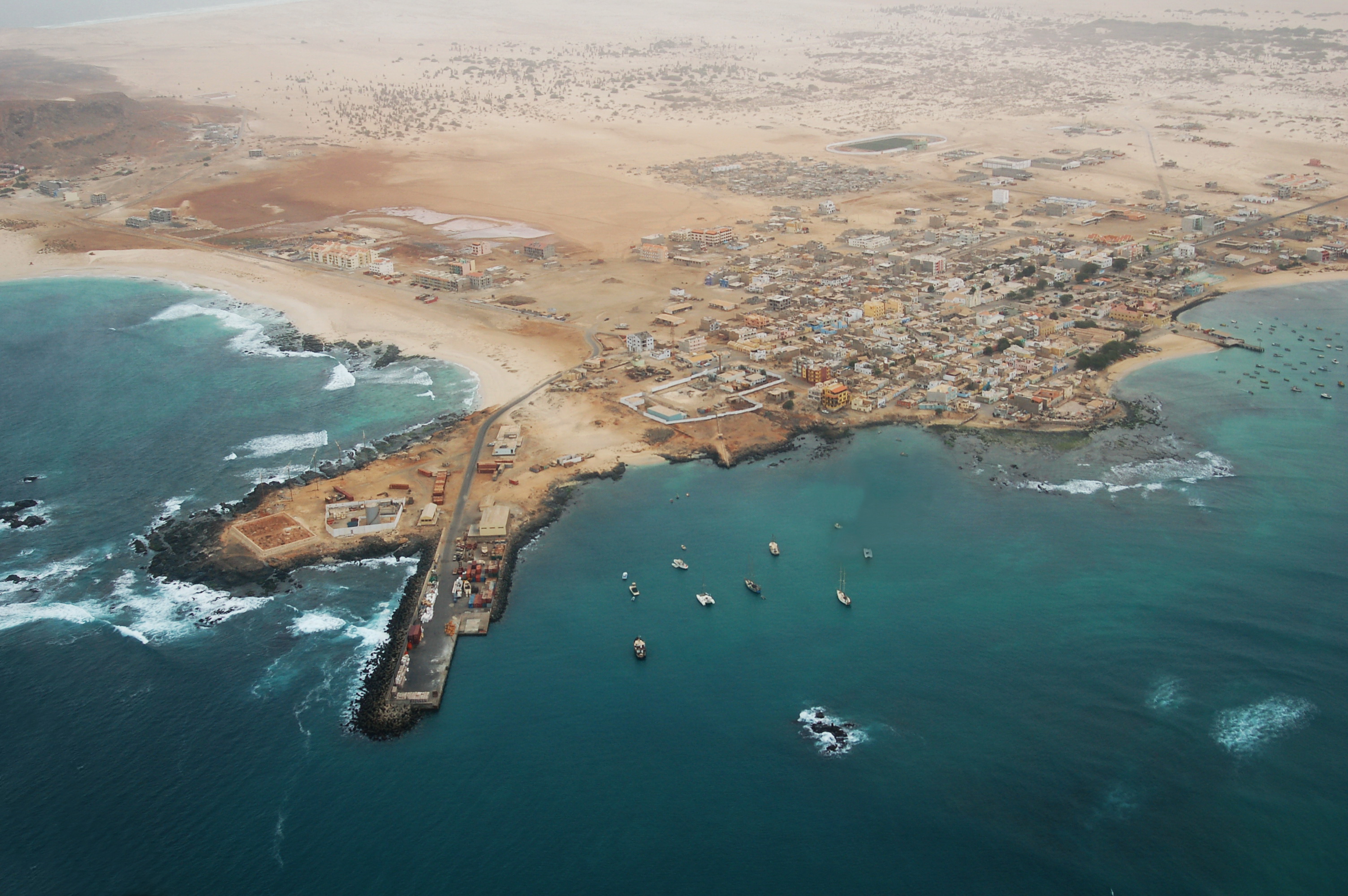
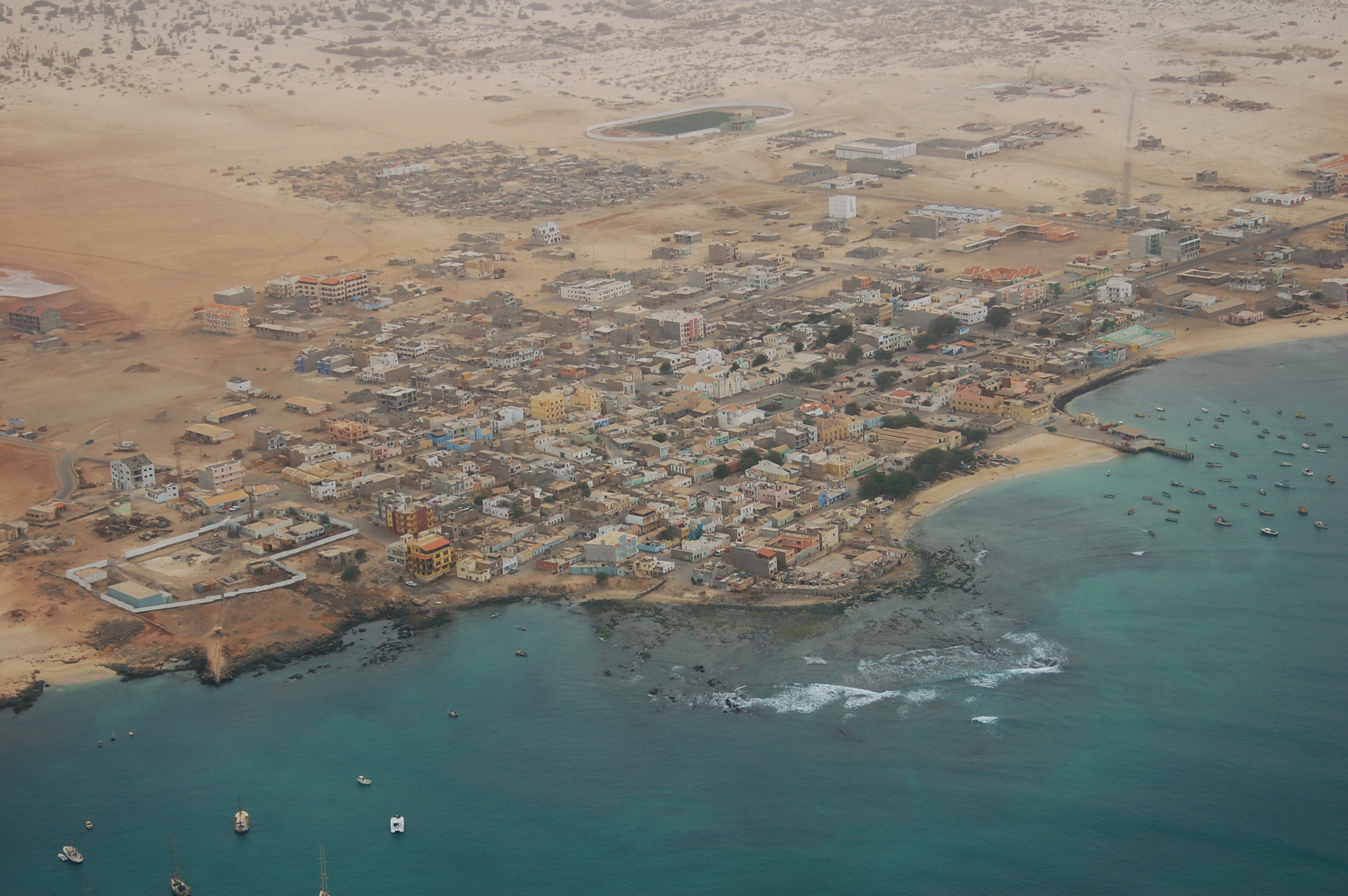
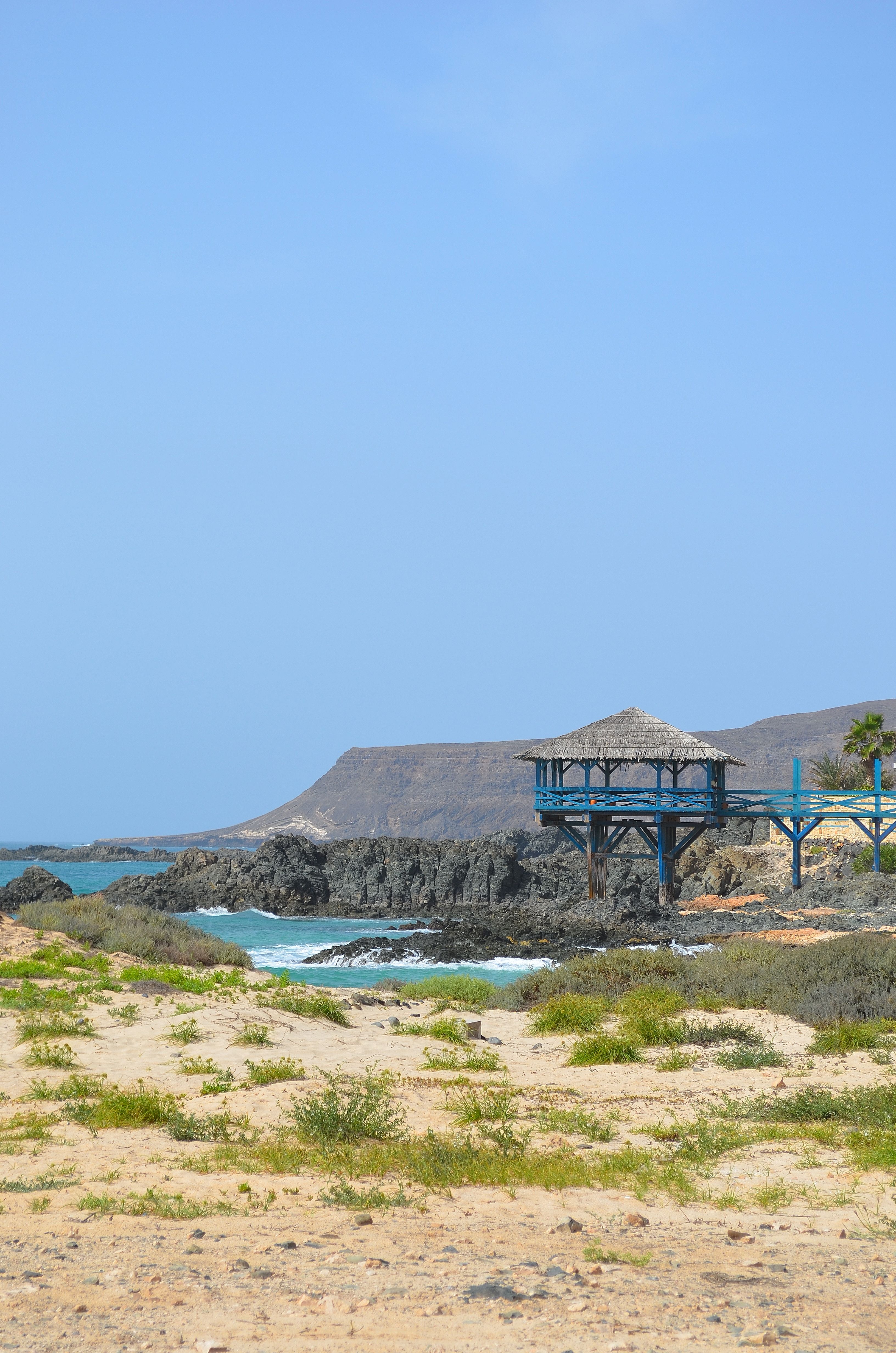
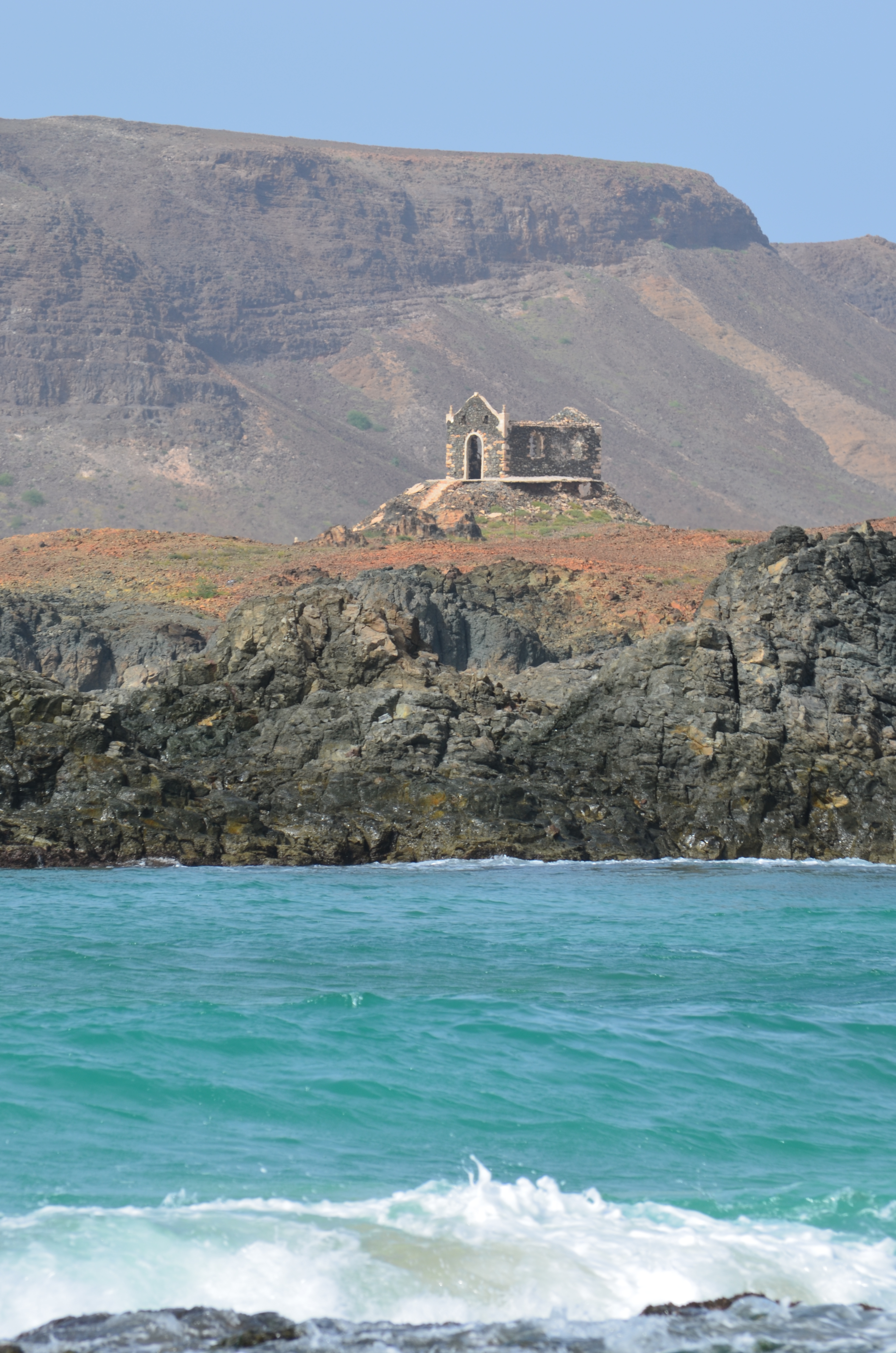


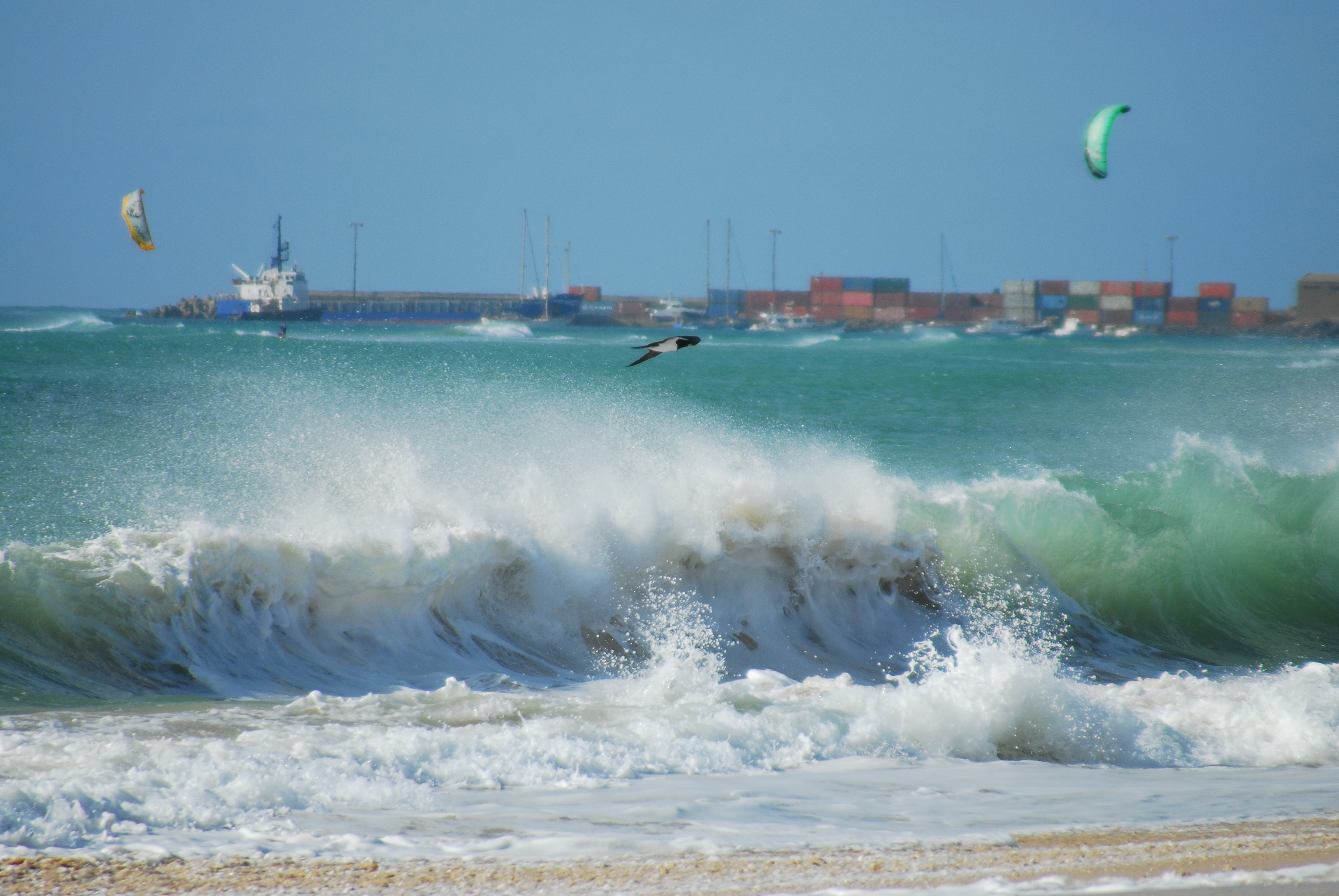
We stayed on Boa Vista—”good view” in Portuguese and, trust me, it lives up to the name. It’s famous for its sand dunes, turtles, its ultramarathon, and Cesaria Évora, the barefoot diva who sang Bésame Mucho. You know the one. If not, hum it now with dramatic flair.

A variety of rare birds attracts every year ornithologists worldwide in Cape Verde, the beaches are often full of birds and crabs. The ocean is an explosion of colors, fish, dolphins, turtles, and whales. For fishing enthusiasts is a true paradise!
Now, let’s talk about The Great Fishing Adventure. My husband booked a full-day ocean fishing trip (2 a.m. to 6 p.m.) and returned alive—but late, soaked, and story-loaded. By 9 p.m., with no sign of him, I was pacing the bungalow imagining news headlines: “Local Woman Loses Husband to Moby Dick.” Turns out, the engine died mid-ocean. Waves, wind, and zero land in sight. The boat was taking in water faster than four guys with buckets could throw it out. I could imagine my husband looking around for any object that might float, in the possibility of a Titanic scene, and how, by radicals, integrals, differential, and abscissas, he was calculating how far offshore the boat was and how much he must swim during his own Sea Rescue Operation. He was surely wondering if he could swim that much. I’m sure he could, but it would not have been necessary since halfway, he would have become a delicious Dutch dinner for the sharks. The rescue team arrived (eventually) in a boat I wouldn’t use for bathtub toys. But hey, they lived. He caught no fish, but gained bragging rights and possibly minor trauma. Meanwhile, I was planning a Netflix documentary: Lost at Sea: The Fisherman Who Couldn’t Swim Home.
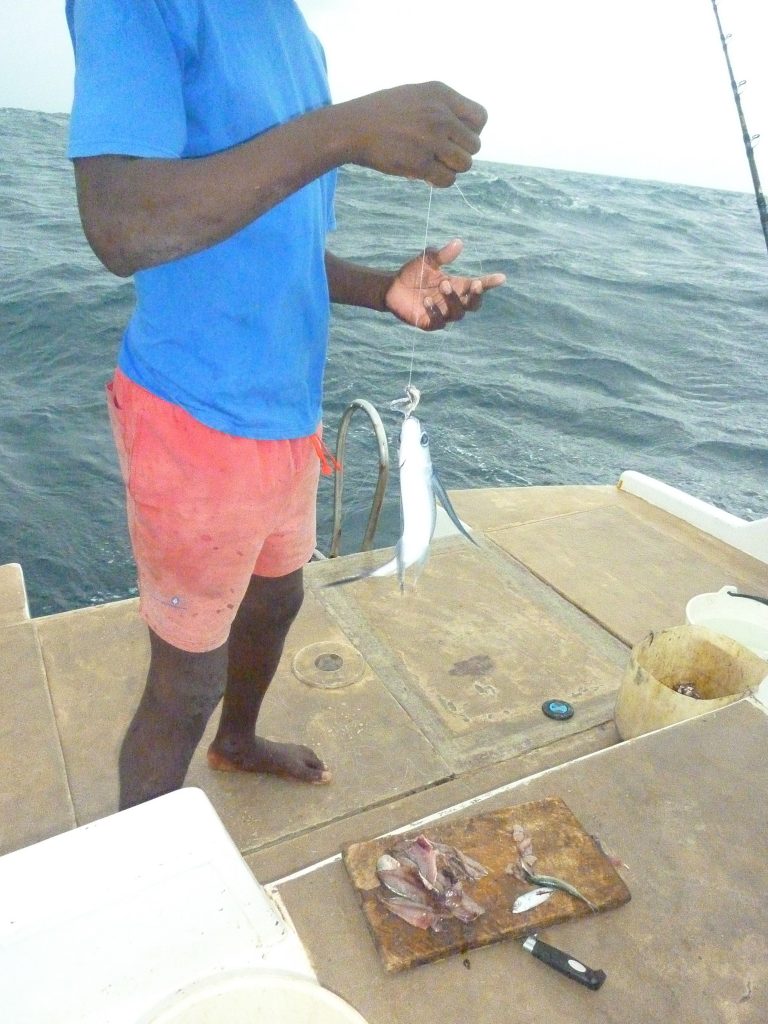
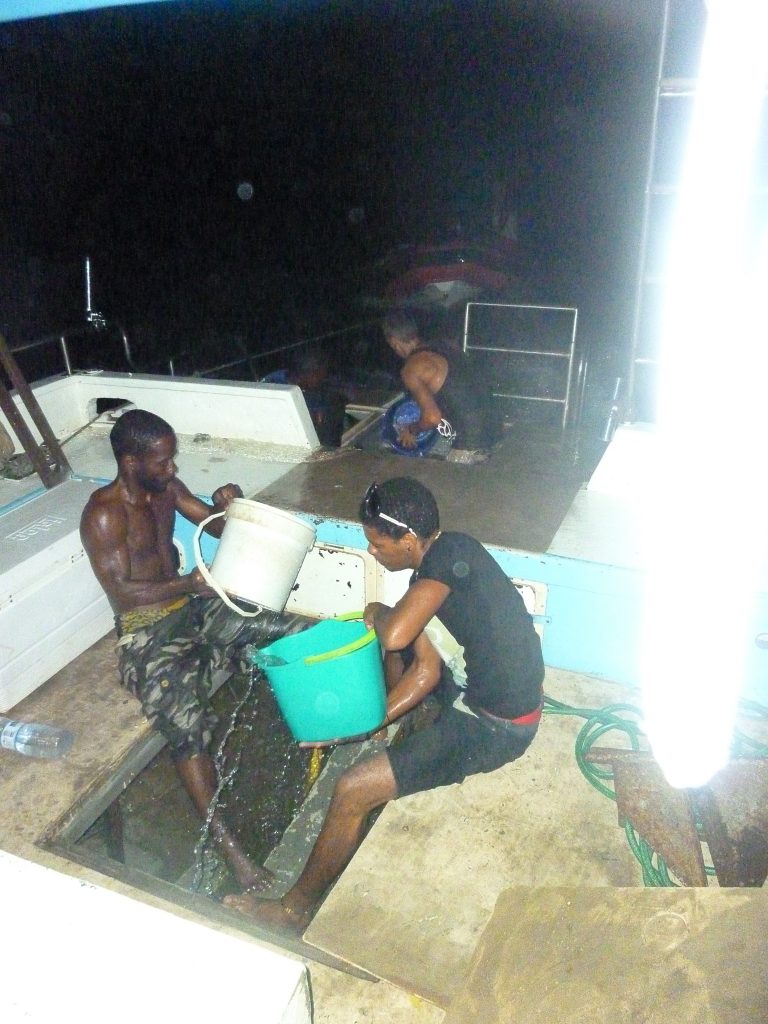
Back on dry land, the next day we visited Sal Rei, the sleepy island capital with peeling paint, kind faces, and kids whose smiles can melt your soul. Every December, Boa Vista swaps beach towels for running shoes as it hosts one of the most intense endurance races on sand you’ll ever hear about: the Boa Vista Ultra Trail—150 kilometers of arid, sandy terrain circling the island, under the African sun. Not your average jog in the park! The event includes:
- A 150 km Ultramarathon (yes, one-five-zero, not a typo),
- A 70 km Marathon ending near one of the island’s last remaining salt flats,
- And a 42 km Eco-Marathon for those who enjoy suffering, but slightly less.
It’s the kind of challenge that makes you admire humans… from a comfortable beach lounger, cocktail in hand.
Want to learn more or sign up (if you’re feeling heroic)? You can find more details here.
Our first stop in Sal Rei was a local primary school—and let me tell you, I’ve never felt a bigger emotional lump in my throat. Someone from our group handed out pens, stickers, and balloons (you know, the kind you get in bulk at a European supermarket), and the kids lit up like it was Christmas morning. You’d think we handed them iPads wrapped in gold.
The classrooms were worn, the walls chipped, and the furniture clinging to its last screws. And yet… outside in the dusty streets, SUVs were cruising around like they were in a car commercial. The contrast was jarring.
From the school, we strolled to the fish market on Avenida dos Pescadores, right behind Praia Diante beach. “Market” might be a generous word—dried fish lay sunbathing on pieces of paper on the ground. Across the street, women were washing laundry and dishes in the ocean, while mothers breastfed their babies sitting on the ground or leaning against the corners of crumbling houses. It was raw, real, and unforgettable.
Africa is a land of contrasts. On one side, air-conditioned resorts serving all-you-can-eat buffets; on the other, people living with barely enough, in ways that would shock most of us. Things we consider basic—running water, clean classrooms, proper roofs—are here luxuries, or sometimes, just dreams.
And yet… the people smile. They laugh. They greet you with warmth and dance with joy. Somehow, despite the hardships, life goes on—colorful, loud, and alive. It makes you question what happiness really is, and how little you actually need to feel it.

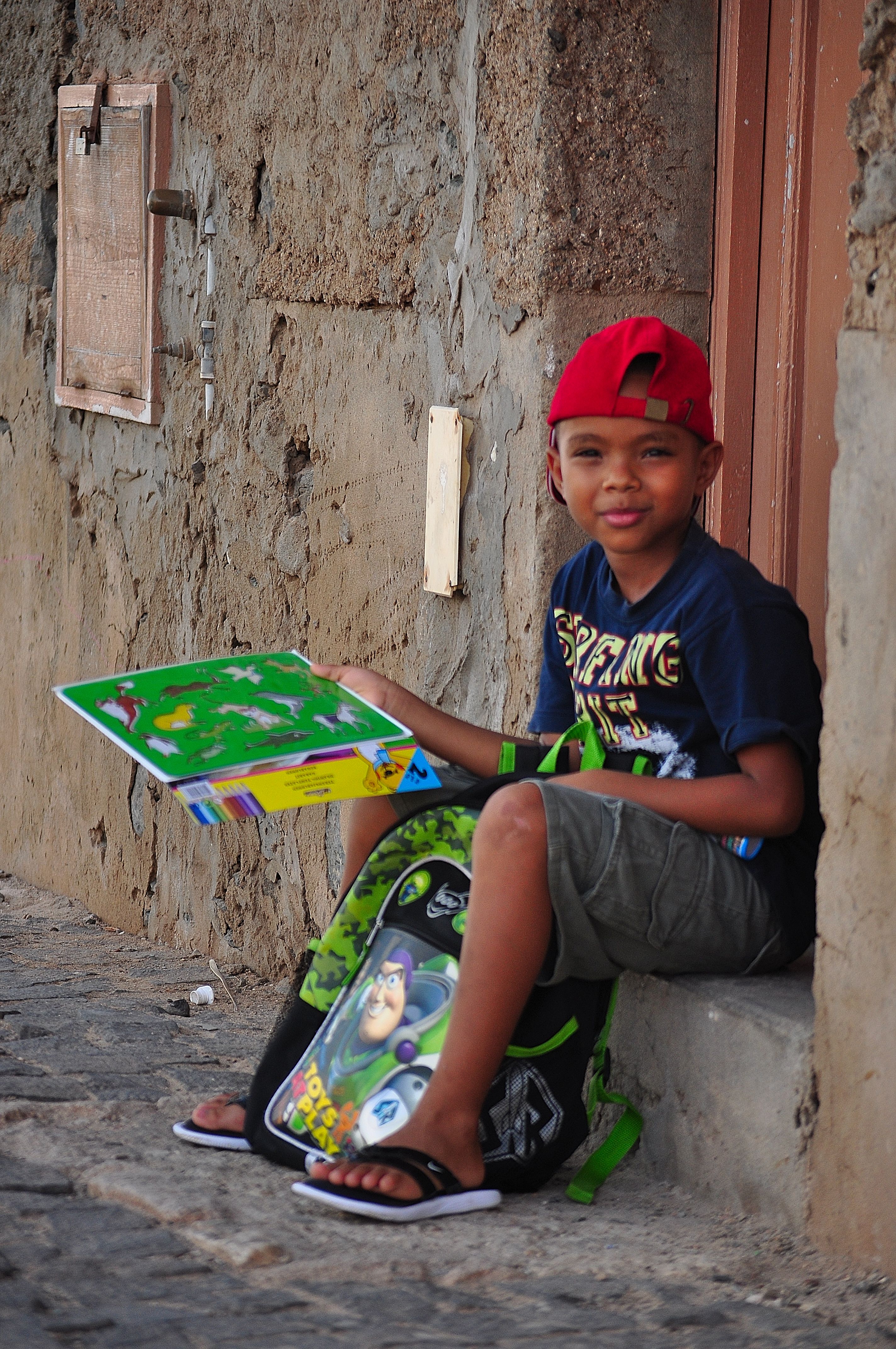



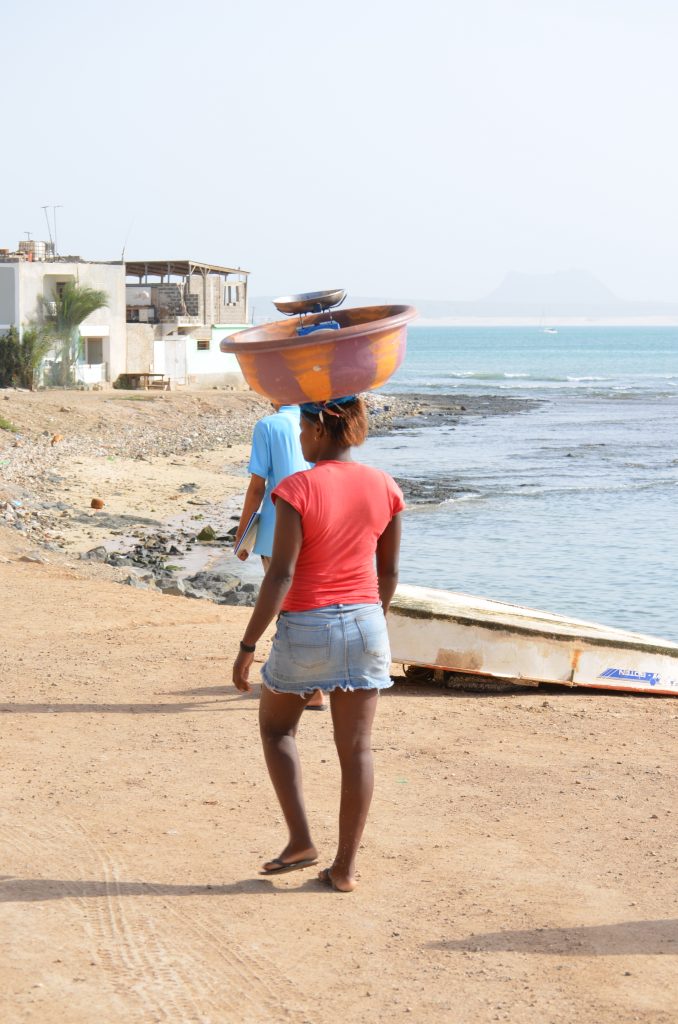
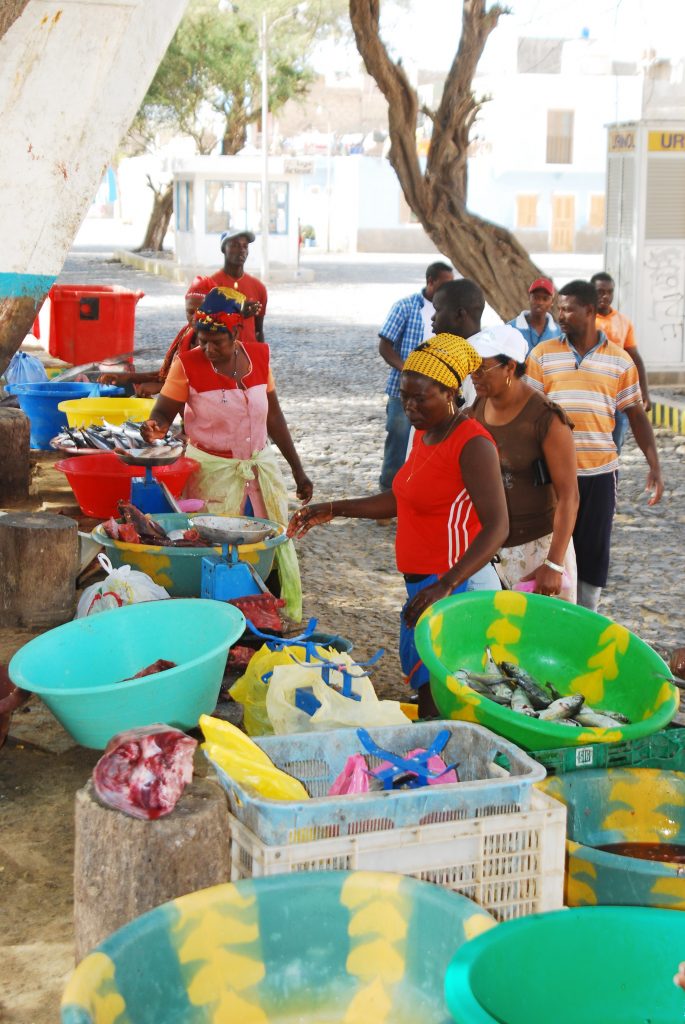
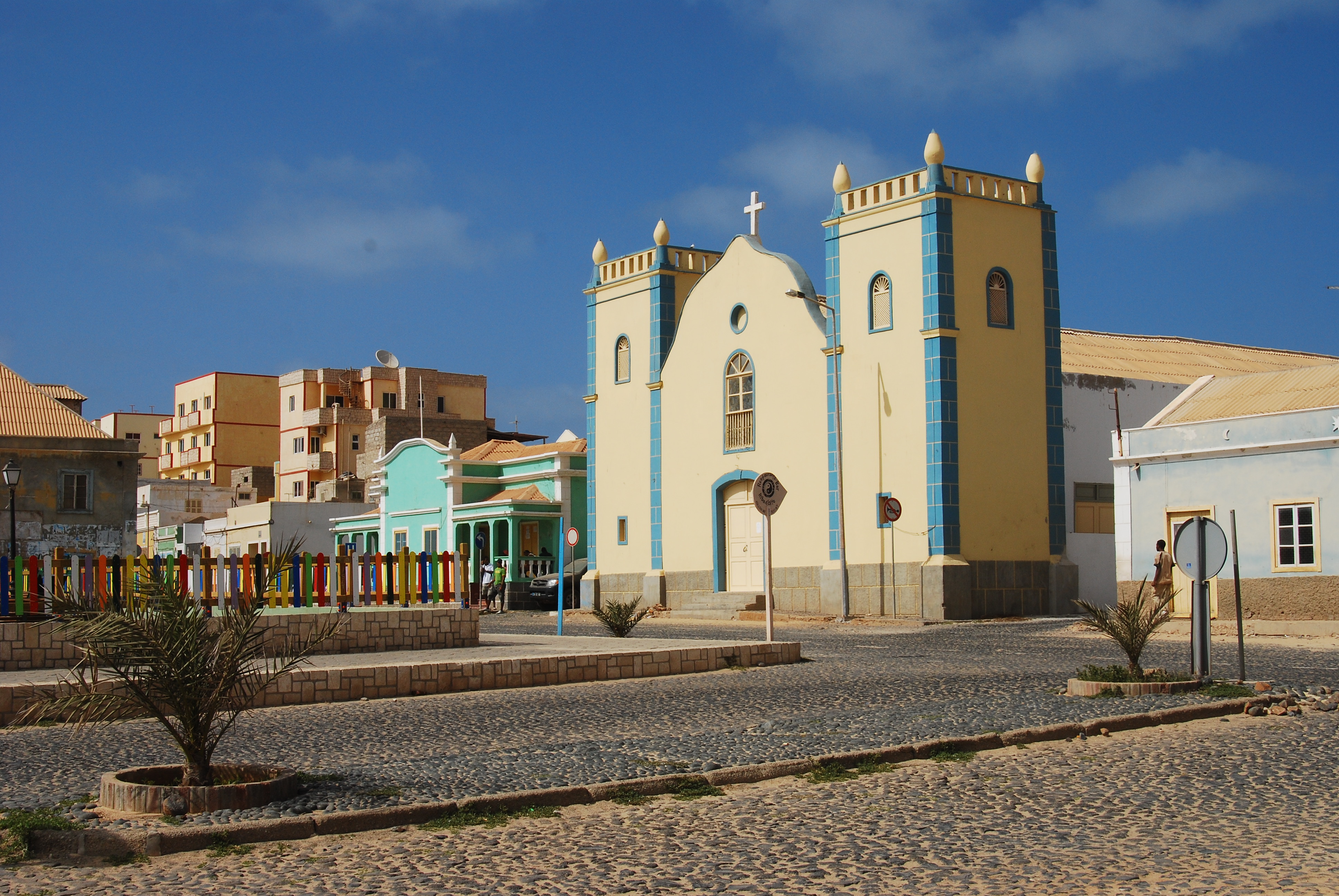
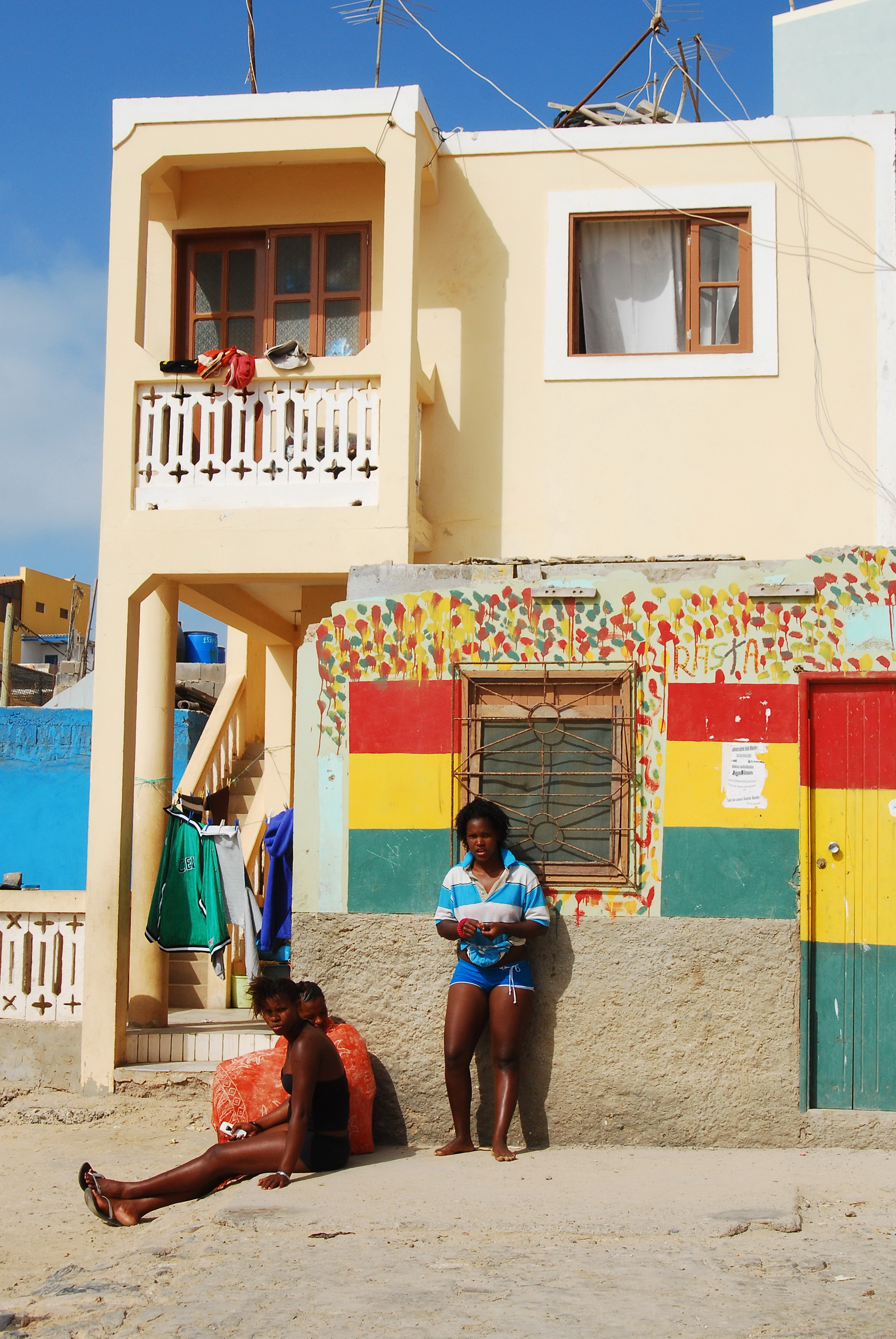
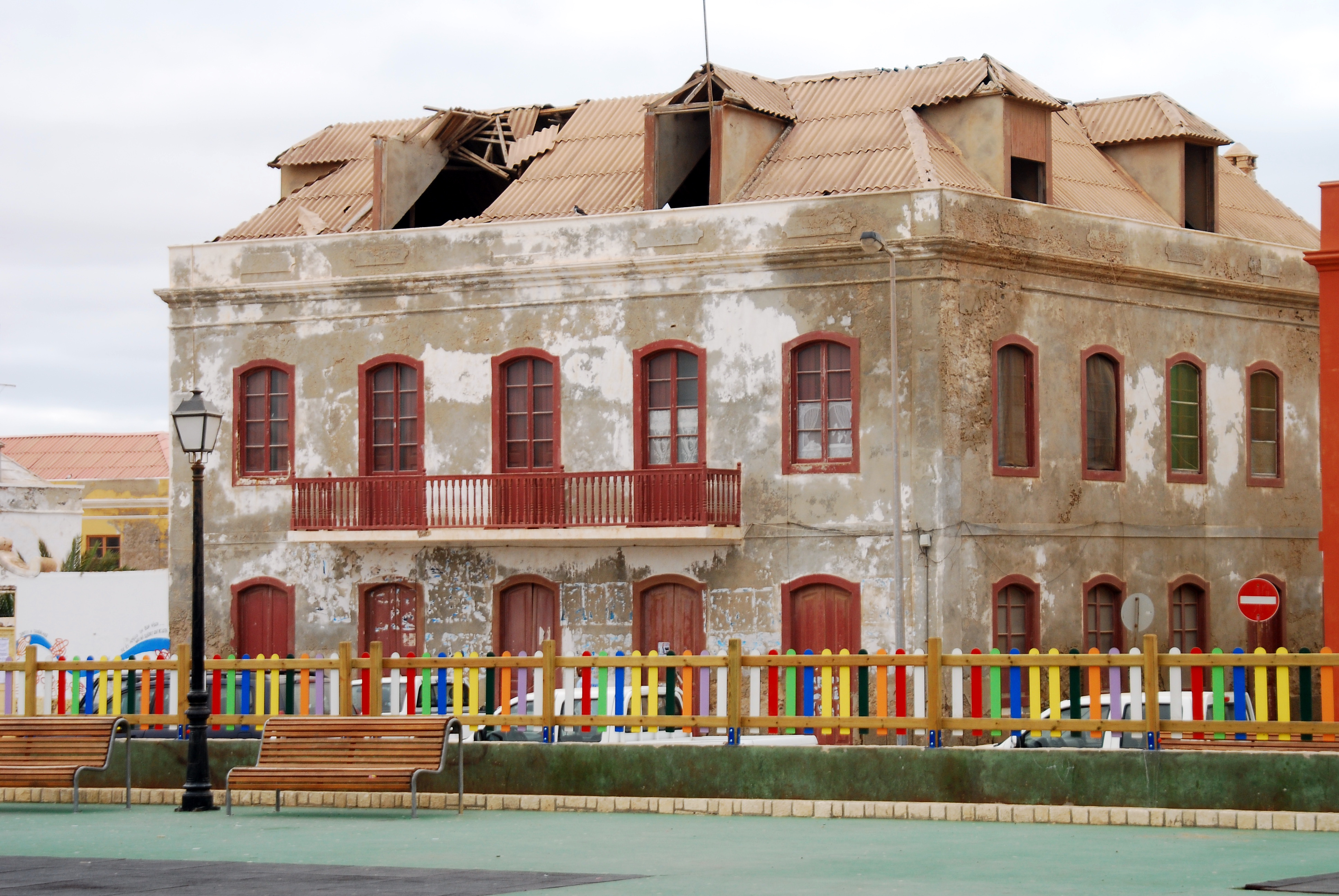
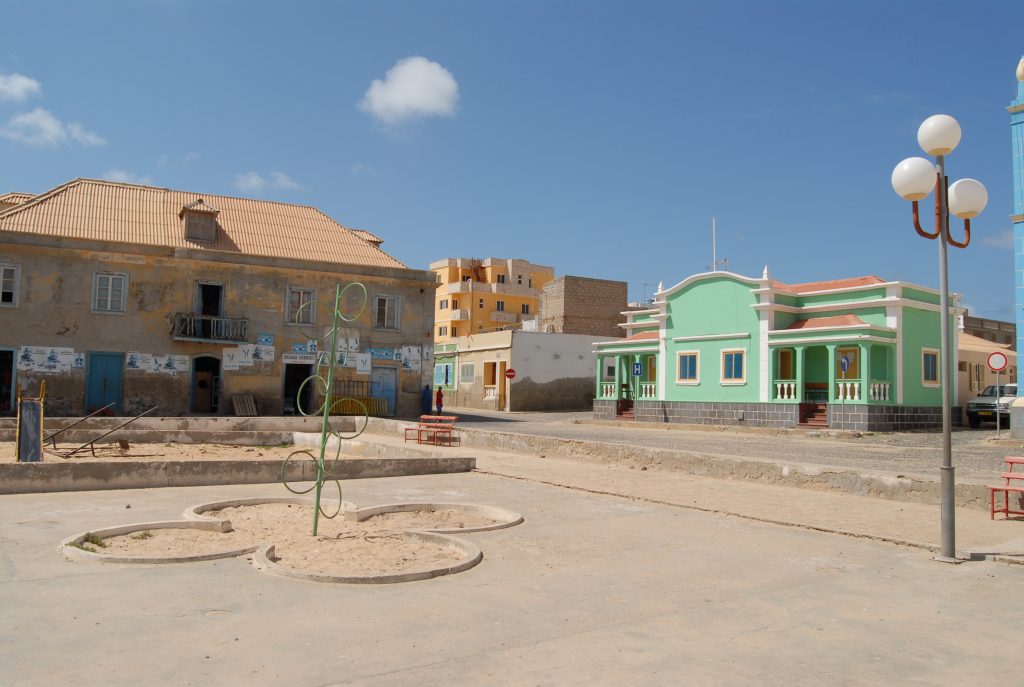




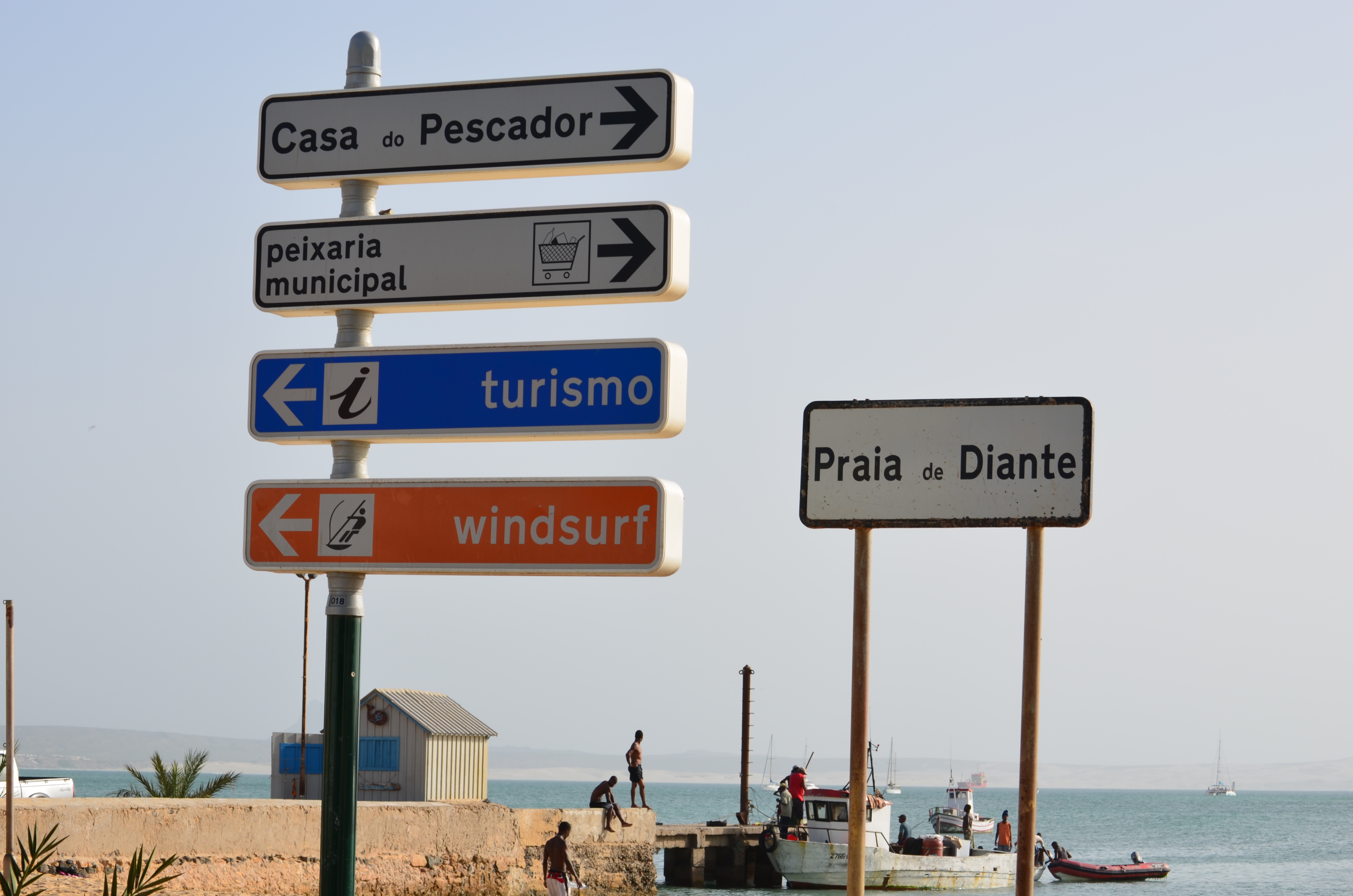


Also essential: food. You must try the cachupa—a delicious stew of corn, cassava, banana, beans, and everything that spells comfort. It is seasoned with bay leaf, garlic, and chili, and it can be made with beef, pork, or fish (cachupa rica). Try the feijoada too, canja galinha, a rice soup with chicken, and the caldo de peixe, a fish soup. Add some local wine or a beer (150 ECV a liter—about €1.30) and life is good.
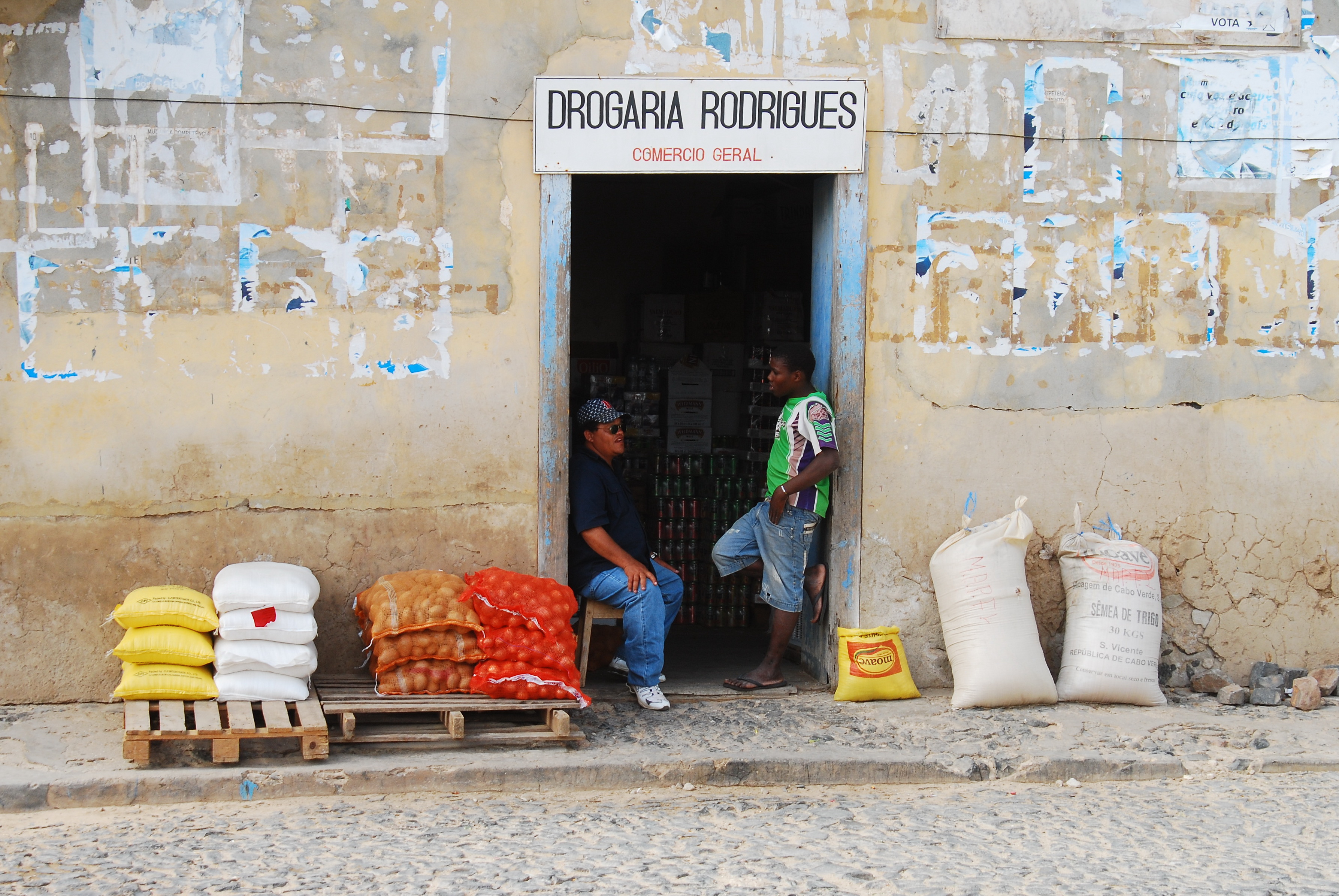

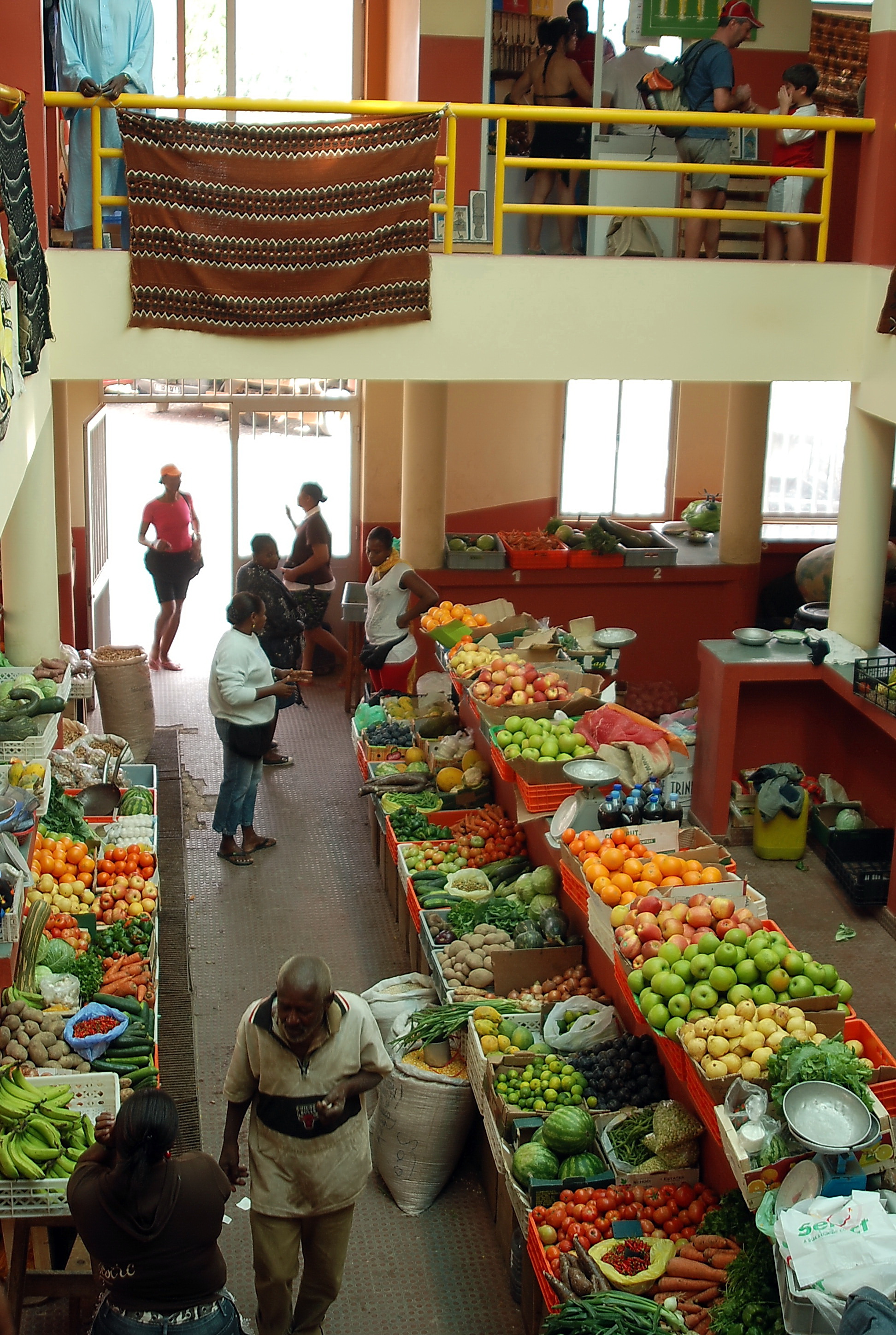
In total, I read four books, drank a gallon of coffee, whispered my way through three voiceless days, and soaked in more sun than any dermatologist would approve of. Cape Verde gave us peace, laughter, and one near-death fishing tale we’ll never stop retelling.
If you like your holidays with a touch of chaos, beauty, and a side of existential reflection, Cape Verde is waiting. Just pack sunscreen, your sense of humor, and maybe double-check the boat’s engine before you go fishing.
